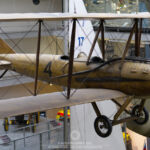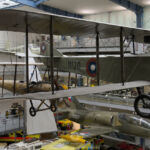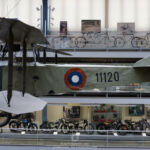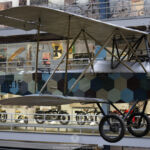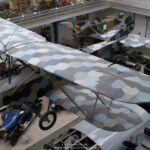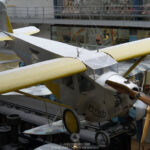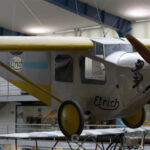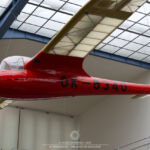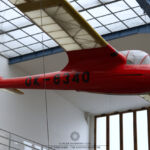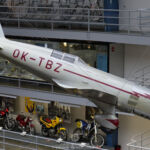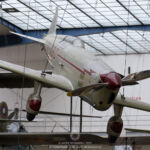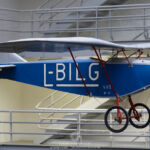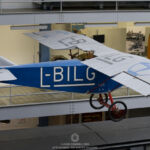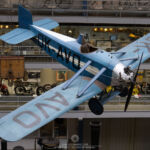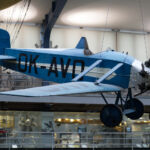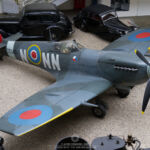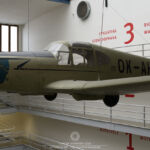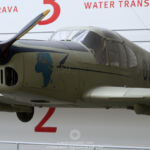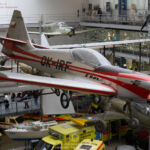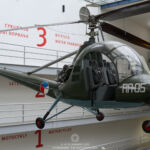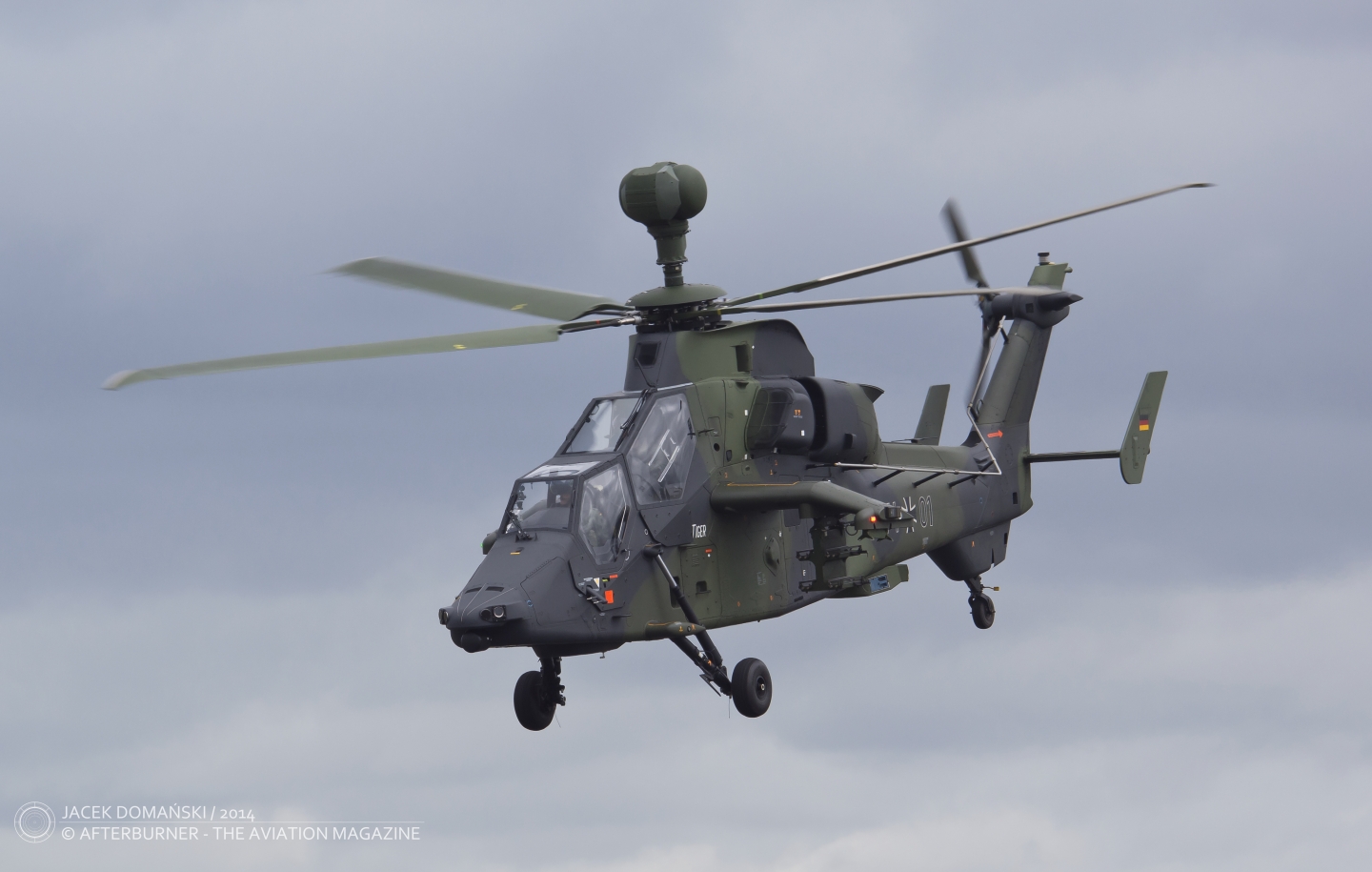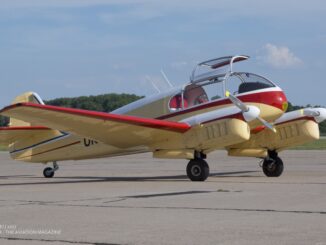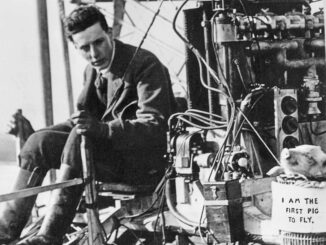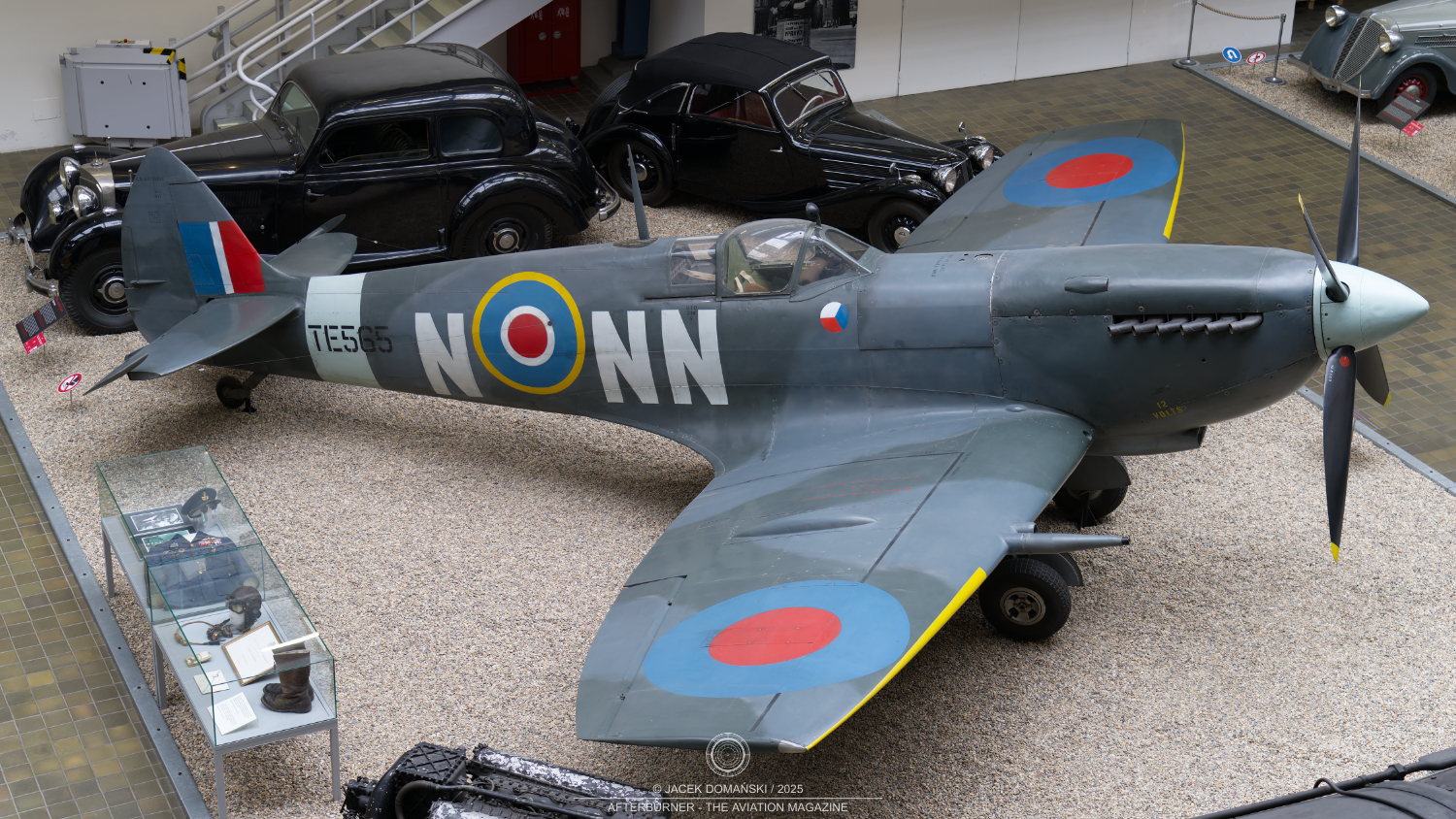 Národní technické muzeum (the National Technical Museum (NTM), the largest institution of its kind in the Czech Republic, houses an extensive collection of technical artefacts. As of 2023, the museum’s collection comprised around eighty thousand objects from various technical fields. However, only fifteen per cent of them are on public display across three NTM buildings, located in Prague, Chomutov and Plasy.
Národní technické muzeum (the National Technical Museum (NTM), the largest institution of its kind in the Czech Republic, houses an extensive collection of technical artefacts. As of 2023, the museum’s collection comprised around eighty thousand objects from various technical fields. However, only fifteen per cent of them are on public display across three NTM buildings, located in Prague, Chomutov and Plasy.
The then Technical Museum was officially established in 1908. However, its history dates back to the early 18th century, when the State Engineering School in Prague began with collecting the first technical artefacts. The tradition of preserving interesting inventions was subsequently continued by various institutions and eventually developed into a dedicated museum collection.
Over the years, the collection grew. It soon became clear that a new, purpose-built facility was required for the museum. Construction began in 1938 and was completed three years later. Regrettably, the outbreak of the Second World War and the subsequent establishment of the Protectorate of Bohemia and Moravia delayed the relocation, as the new building was requisitioned for other state institutions.
It was only in 1948 that the long-awaited relocation of the collection to the new building, located on the Letná Plain in Prague, began. Three years later, the museum was nationalised and renamed the National Technical Museum. Nevertheless, the relocation process, along with the removal of other institutions from the building, dragged on and was not completed until the 1990s.
The early 2000s saw the start of a thorough reconstruction of the main building. The first exhibitions reopened to the public in 2011, although the works were not fully completed until 2013. Nowadays, the NTM collection focuses on technological progress across numerous fields, including architecture and design, chemistry, mechanical and electrical engineering, metallurgy, mining, photography and film technology, telecommunications, time measurement and transport.
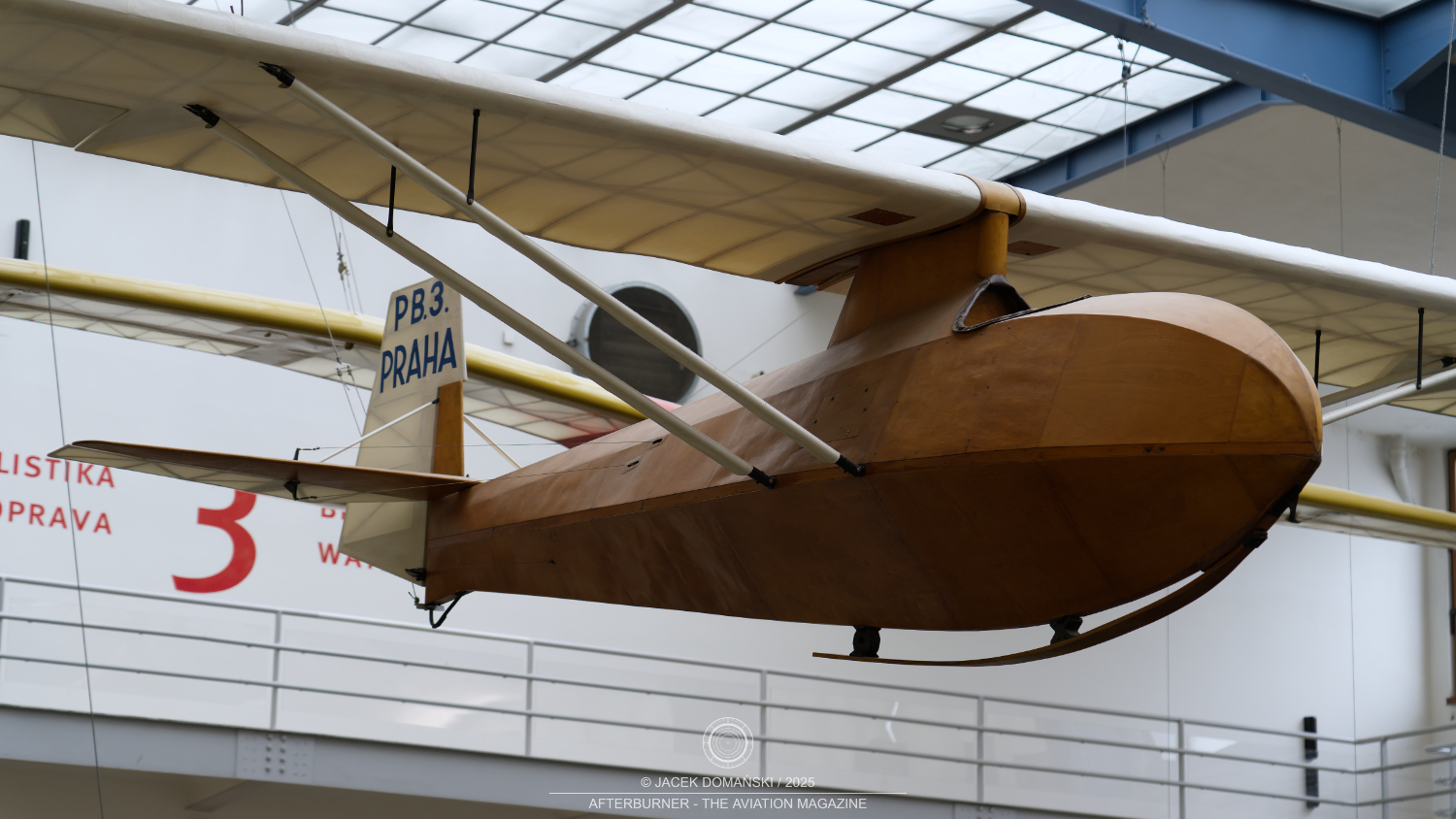
In 1960, a specialised department dedicated to road, water and air transport was established within the NTM. Organisationally separated from the main collection in 2012, this transport branch became an independent component of the NTM, known as Muzeum dopravy (the Museum of Transportation).
Today, the Museum of Transportation showcases its collection in a purpose-built exhibition hall within the main NTM building. The exhibition features an outstanding assemblage of motorcycles and cars, alongside with a wide variety of artefacts related to the development of the automotive industry. Visitors will also find a boat and sailing focused collection, as well as some exhibits from railway history (a broader collection is presented within the NTM´s separate railway department).
The museum also includes a remarkable collection of aircraft and aviation-related artefacts, spanning the period from the pioneering years to the mid-20th century. While only about twenty aircraft are on display there, most of them are unique surviving examples of their type and of great significance to aviation history.
The Zanonia I, a tailless glider built around 1905 by Ignaz (Igo) Etrich, represents the early years of aviation, as does the “Praha” balloon from 1904.
Etrich, born in 1879 in Trautenau (today’s Trutnov, in the north of the Czech Republic), was one of Europe’s most important aviation pioneers and the designer of the famous Taube (Dove) aircraft. His early aviation experience was influenced by studies of flying seeds and bird flight. In 1904, Etrich built the Zanonia I glider, named after the seed of Zanonia macrocarpa. Initially tested as an unmanned aircraft, it finally achieved a successful manned flight in 1905 (or 1906, depending on the source).
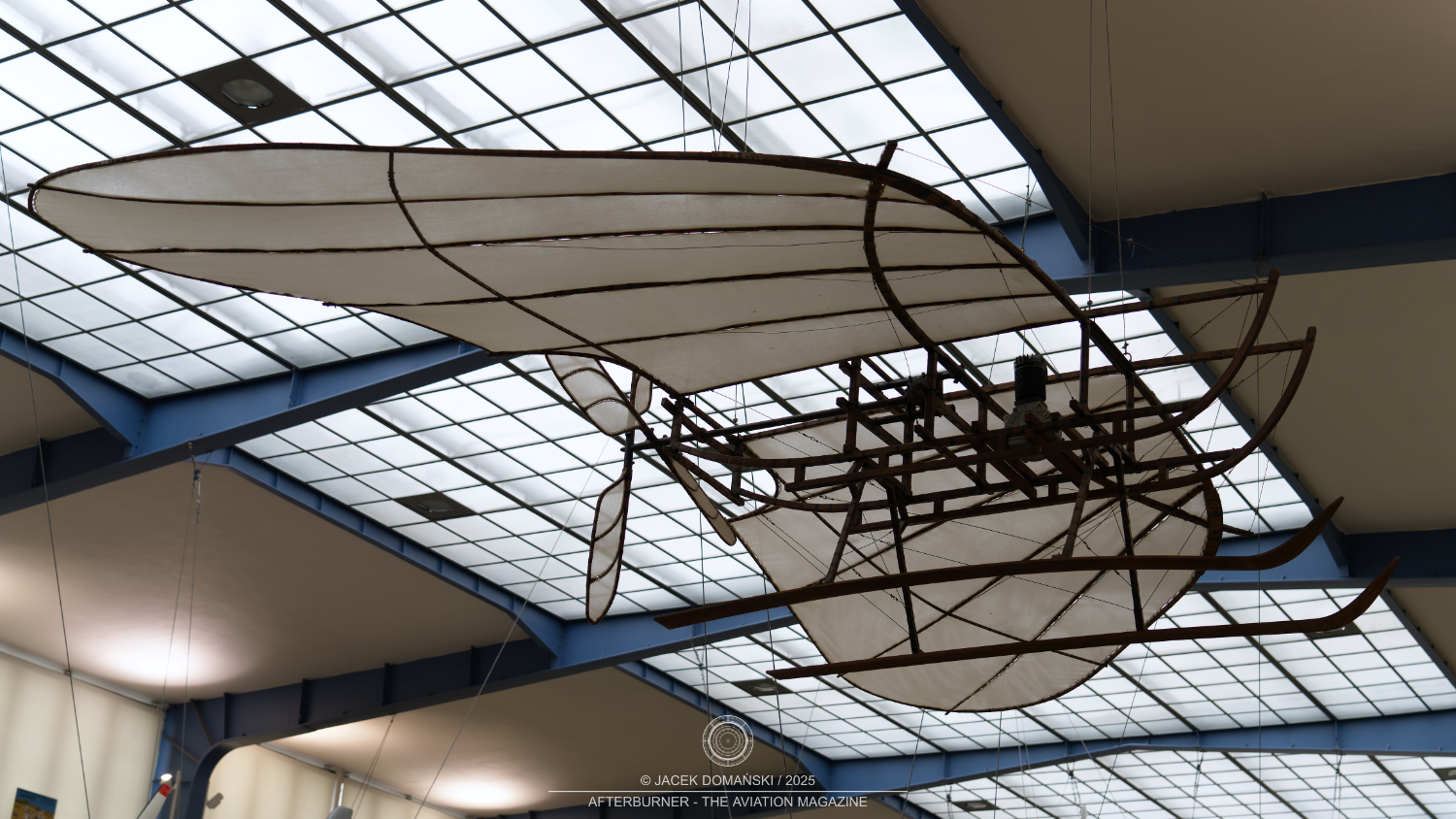
The “Praha” (Prague) balloon was manufactured in France and purchased in 1904 by František Hůlka, a wealthy trader and keen balloonist. Although it was only used for a few flights, it made Czech aviation history in 1905, by enabling Jan Plischke to take the first aerial photographs in Austria-Hungary.
Another pioneering aircraft on display at the NTM is the JK aeroplane, designed and built by Jan Kašpar – the first Czech national to fly a heavier-than-air aircraft. The aeroplane was made in 1911 for the purpose of the first long-distance flight in Czech lands – and, at the same time, the longest flight in Austria-Hungary – on the route from Pardubice to Velká Chuchle (now part of Prague). On 13th May 1911, the aviation history was made, and Kašpar later donated his aircraft to the museum. Although at that time the museum collection already included a few aviation-related exhibits, the JK became its first powered aeroplane.
The Great War years are represented by three unique military aircraft: the LWF Model V, the Anatra DS Anasal and the Knoller C.II. Each of these aeroplanes is the only surviving example of its type.
The LWF Model V was a two-seat reconnaissance biplane designed in the United States. About twenty-five examples were used by the Czechoslovak Legion in Russia, with a few being transported to Czechoslovakia after the war. More information about this rare aeroplane can be found in our article from the Photo of the Week series – LWF model V.
The Anatra DS, also known as the Anatra Anasal, was a two-seat reconnaissance aircraft built in the Russian Empire. The aeroplane made its first flight in 1916 and only less than two hundred examples were produced. It was used by the Russian Imperial Air Service and later by both sides of the Russian Civil War. After the war, about twenty examples were operated in Czechoslovakia.
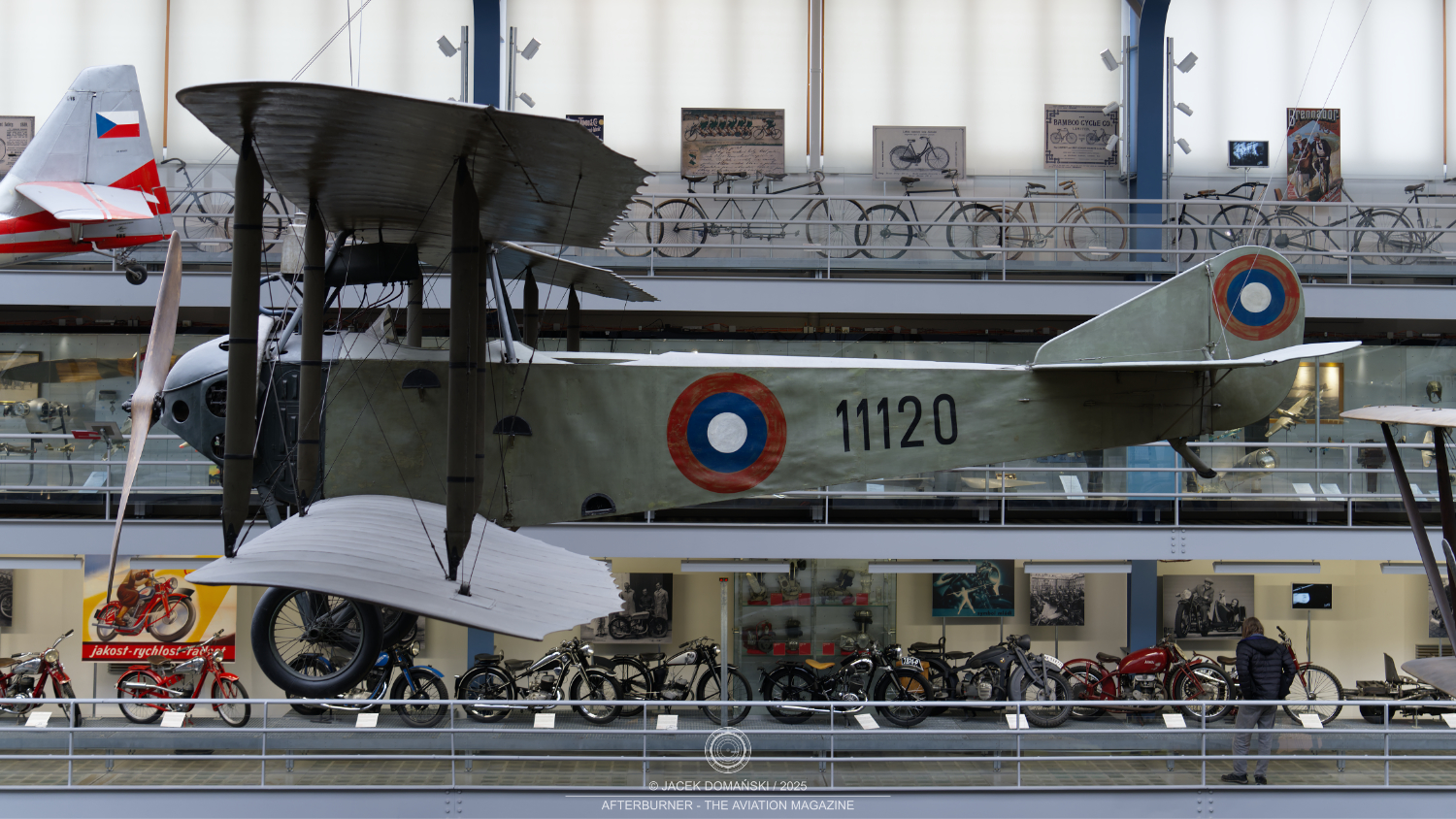
The Knoller C.II was an Austro-Hungarian reconnaissance aircraft, first flown in 1916 and built in about 120 examples. However, it was notorious for being poorly built and having dreadful flight characteristics. Consequently, the C.II was rarely used in combat.
The Etrich E.VIII, developed by Igo Etrich, is one of the most interesting aircraft from the interwar period. Built in 1928/1929, it was the last aeroplane designed by Etrich and reflected his vision of a “people’s safe flying car”. Unfortunately, it attracted little interest and never went beyond the prototype stage.
Avia BH-9 and BH-10 are two examples of the Czechoslovak interwar low-wing monoplane family. The BH lineage began with the Avia BH-1 in 1920 and then followed with the BH-3 and BH-5 aircraft.
The BH-9, a two-seat aeroplane based on the BH-5, first flew in November 1923. Only eleven examples were produced, initially serving with the Czechoslovak Air Force before being used by aeroclubs as light sport and training aircraft. The BH-9 exhibited at the NTM is the only surviving aeroplane of that type.
The BH-10 was a redevelopment of the BH-9 and was built as a single-seat aerobatic aircraft for pilot training, aviation competitions, and long-distance flights to promote Czech aviation. Only twenty-one examples were produced, and the aeroplane exhibited at the NTM is the only complete original survivor.
The VBŠ Kuňkadlo (“croaker”) is an amateur light sport aircraft from the mid-1920s. Designed by brothers Vladimír and Bohuslav Šimůnek, it was built in a single example which first flew in 1926.
The Zlín Z-XIII was developed in the late 1930s as a fast aircraft for the Baťa company’s courier flights and for aviation competitions. Designed by Jaroslav Lonek, it was built in only one example and first flew in 1937. Further development was halted by the outbreak of the Second World War.

Interwar gliding is represented by two notable designs. The PB-3 Praha, a sailplane designed in 1930 by Jaroslav Šlechta (later renowned for his pioneering helicopters), and the Racek 3 (Seagull 3), nicknamed Mrkev (Carrot), an amateur-built glider designed by František Štrupl, František Kantor and Karel Kuklík. The latter performed its maiden flight in 1937 and, after a wartime hiatus, was used until 1948 before being donated to the museum.
Another interesting exhibit from the interwar period is the motorised gondola of a K-type artillery observation balloon. It was originally developed by Ballonfabrik Riedinger in Germany and in the 1930s manufactured by the Matador company in Czechoslovakia.
The Second World War years are represented by the Spitfire LF Mk IXe, the only combat aircraft from the era exhibited in the museum. Although the fighter was built in June 1945, after the war, it initially was operated by No. 310 (Czechoslovak) Squadron of the Royal Air Force before being transferred to Czechoslovakia, where it remained in service until 1949. The aeroplane is now the only surviving Spitfire in the Czech Republic and is being displayed in its original NN-N livery of the 310th Squadron.
The post-war era of Czechoslovak aviation starts with the Mráz M-1C Sokol (Falcon), the aircraft which made its first flight in 1946. However, its origins can be traced back to the Beneš-Mráz Bibi, a pre-war touring aircraft. The M-1C exhibited at the NTM became famous for a flight around Africa in 1947. Additional information about the M-1C can be found in our article from the Photo of the Week series – Mráz M-1C Sokol.
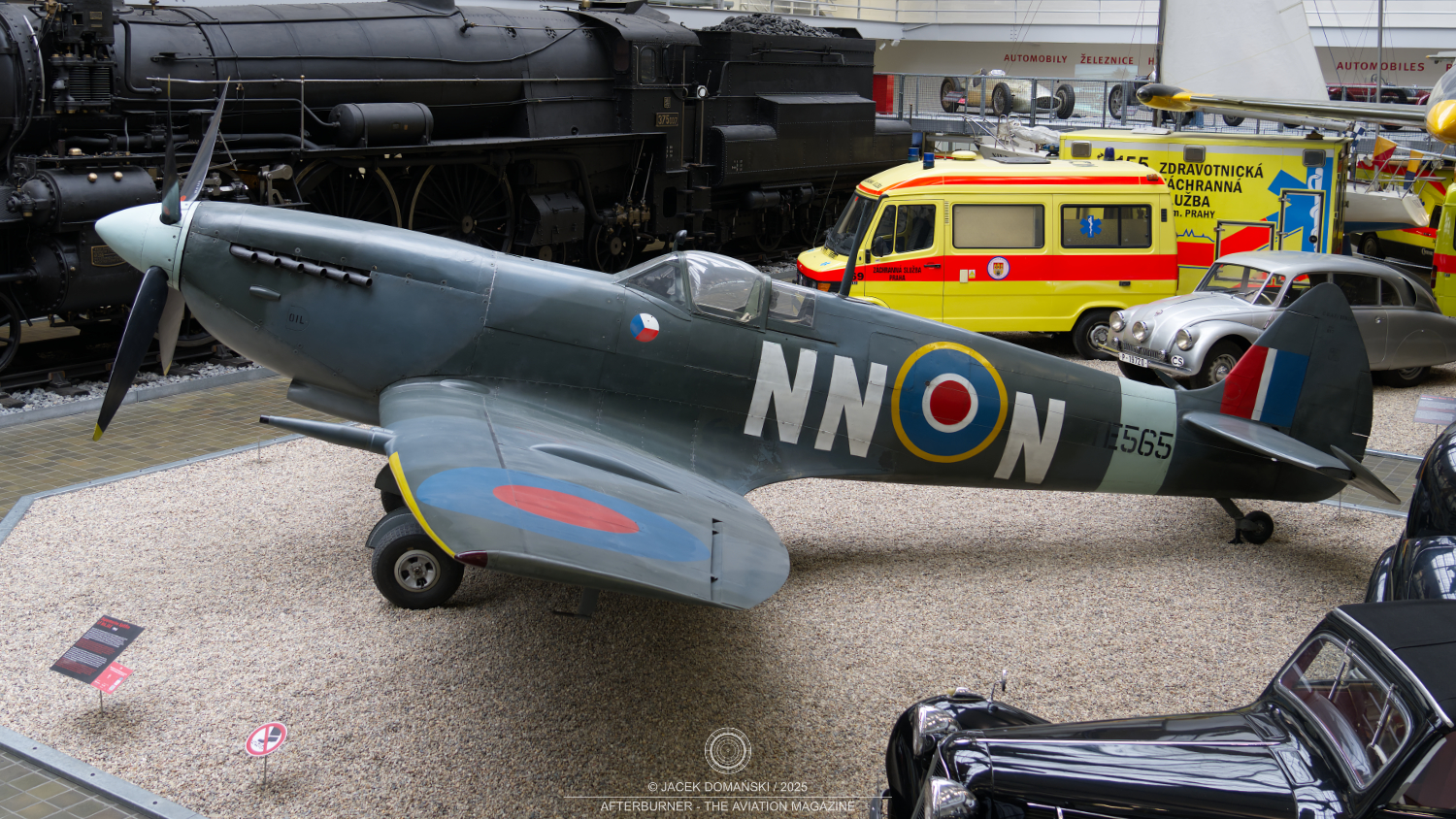
Then, there are the Zlín Z-50LA aerobatic aeroplane and the Aero L-39C Albatros training jet, two iconic Czechoslovak aircraft from the 1970s.
The Z-50 first flew in 1975. The following year it made its competitive debut and quickly gained worldwide fame as an aerobatic aircraft. The aeroplane was very successful in many aerobatic competitions, as well as has been flown by the Flying Bulls Aerobatics Team (Czech Republic) and Grupa Akrobacyjna “Żelazny” (Poland).
The L-39 Albatros is, undoubtedly, one of the most-known Czechoslovak aircraft in the world. The aeroplane performed its maiden flight in 1968 and soon after became the main jet training aircraft in most of the Warsaw Pact countries, where it replaced the Aero L-29 Delfín. The L-39 was also acquired by approximately thirty other air forces all over the world, where it was (and still is, in some cases) used as both a trainer and a light attack aircraft.
Last but not least is the HC-2 Heli Baby, the first – and only – serially produced Czechoslovak helicopter. Developed in the mid-1950s, thirty-five examples were built and briefly operated by the Czechoslovak Armed Forces. The example on display at the NTM is the second prototype of that light utility helicopter. More information about the HC-2 and history of its development can be found in our article from the Photo of the Week series – HC-2 Heli Baby.
It should also be noted that the aircraft on display represent only a part of the Museum´s aviation collection. According to the NTM´s official website, its depository holds several additional aeroplanes, including the K-65 Čáp, the Zlín Z-381, the Piper L-4H and the Mignet Pou-du-Ciel (also known as the Flying Flea), as well as several gliders.
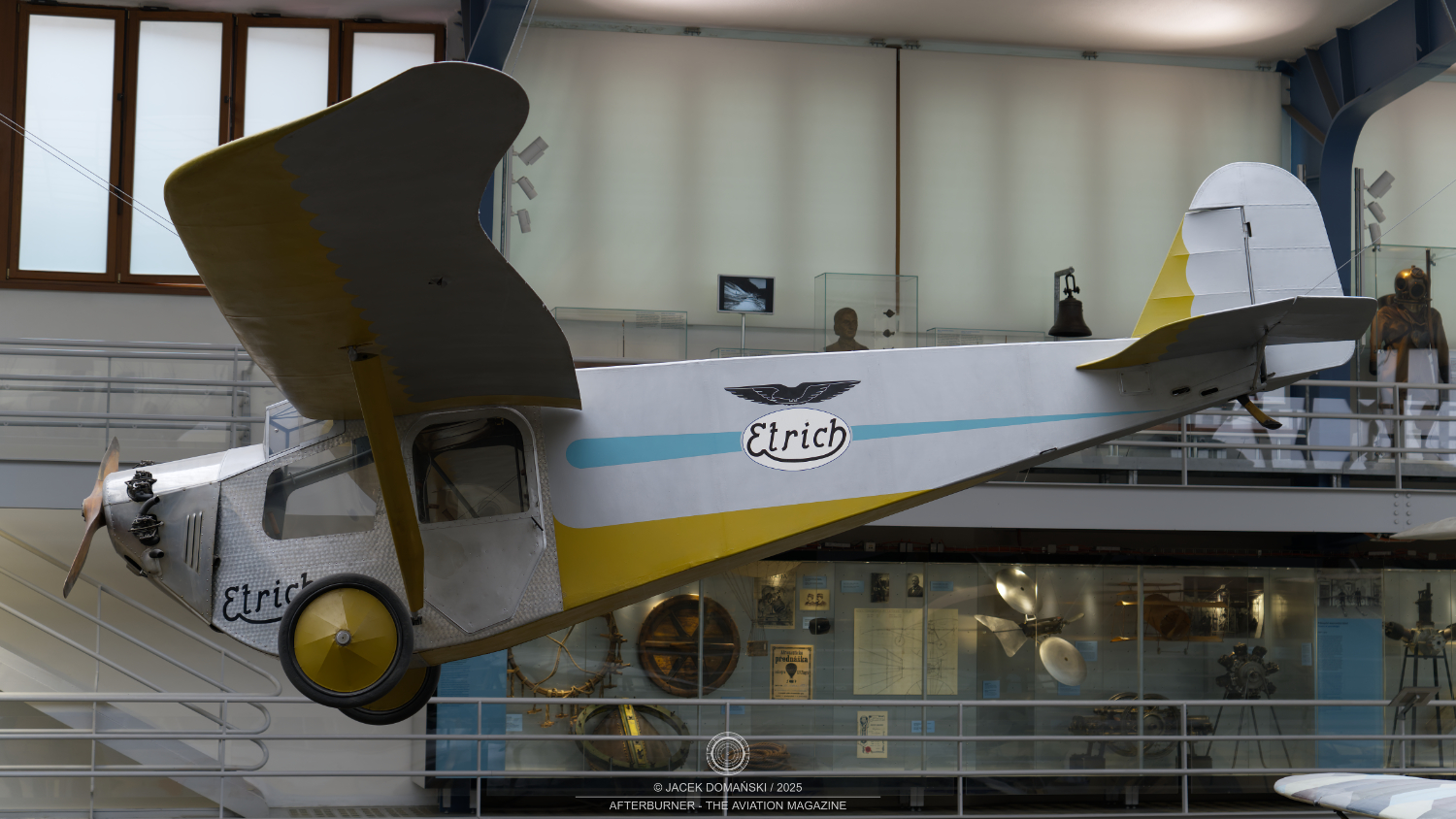
In conclusion, both the Museum of Transportation and its aviation collection, as well as the wider exhibition of the National Technical Museum in Prague, are definitely worth visiting. Firstly, due to unique opportunity of seeing several rare aircraft, and secondly for enjoying an exciting journey through aviation history.
All the showcased aircraft are attractively displayed, with most suspended from the ceiling. Visitors to the museum may use the balconies surrounding the exhibition hall which allows them to see the aircraft from different angles and without any obstacles.
The main NTM building is open all year round, every day except Monday, from 9:00 to 18:00. Standard admission to the main exhibition, including the Museum of Transportation and its aviation collection, costs 290 CZK (approximately €12).
More images from the NTM in Prague:
